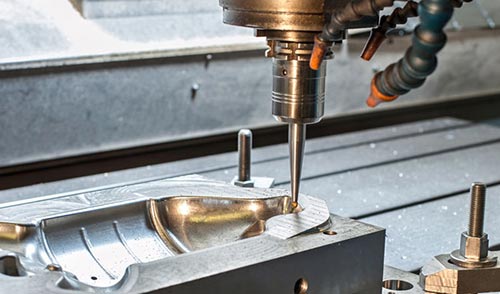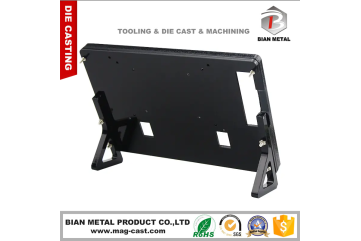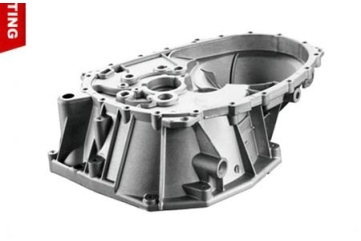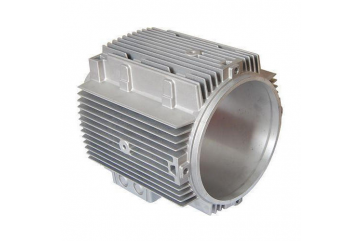How do you make aluminum die casting?
In the realm of manufacturing, aluminum die casting stands as a testament to precision, versatility, and efficiency. This process transforms molten aluminum into intricate, high-quality parts that find their way into countless industries, from automotive to aerospace, electronics to consumer goods.
Aluminum die casting is a metalworking process where molten aluminum is forced under high pressure into a reusable steel mold, or “die,” to create complex shapes and designs. This method offers unparalleled accuracy, repeatability, and the ability to produce parts with thin walls and intricate details that would be challenging or impossible with other casting techniques.
1. Designing the Die
It all starts with a blueprint. Engineers meticulously design the die using CAD (Computer-Aided Design) software, ensuring every detail of the desired part is captured with precision. This digital model is then used to create the actual die, typically made from hardened steel to withstand the extreme conditions of the casting process.
2. Preparing the Aluminum
Melting Point Reached: High-quality aluminum ingots are heated to their melting point in a furnace, where they’re transformed into a liquid state ready for casting. The purity and alloy composition of the aluminum play crucial roles in determining the final properties of the cast part.
3. Injecting the Molten Aluminum
Pressure is Key: Once the die is heated to prevent thermal shock and ensure proper metal flow, the molten aluminum is injected into the die cavity through a sprue system under high pressure. This force helps eliminate porosity and ensures the aluminum fills every corner of the mold, replicating the intricate design with remarkable accuracy.
4. Cooling and Solidification
Time for Chill: The injected aluminum cools rapidly within the die, solidifying into the desired shape. The cooling process is carefully controlled to minimize defects and ensure consistent quality. The time required for this step depends on the size and complexity of the part.
5. Ejecting and Finishing
Releasing the Treasure: Once the aluminum has fully solidified, the die is opened, and the cast part is ejected. Depending on the requirements, the part may undergo further finishing processes such as trimming excess material, deburring, or surface treatment (e.g., anodizing, painting) to enhance its appearance and durability.

Why Aluminum Die Casting?
Precision & Repeatability: The use of precision dies ensures that every cast part is identical to the last, making aluminum die casting ideal for mass production of high-precision components.
Cost-Effectiveness: The ability to produce complex parts in a single step, combined with the durability of the dies, leads to lower per-unit costs and faster production times.
Material Efficiency: Aluminum’s lightweight yet strong properties, combined with the process’s ability to create thin walls, make die-cast aluminum parts ideal for reducing overall weight and improving fuel efficiency in vehicles and other applications.
Versatility: Aluminum die casting can accommodate a wide range of designs and sizes, from tiny components to large, intricate parts, making it a versatile solution for numerous industries.
Conclusion
Aluminum die casting is a technological marvel that combines precision, efficiency, and versatility to create some of the most advanced parts in modern manufacturing. From the meticulous design of the die to the final finishing touches, each step in the process contributes to the production of high-quality, durable components that drive innovation across various industries. If you’re looking for a reliable and cost-effective way to produce complex metal parts, aluminum die casting is definitely worth considering.




